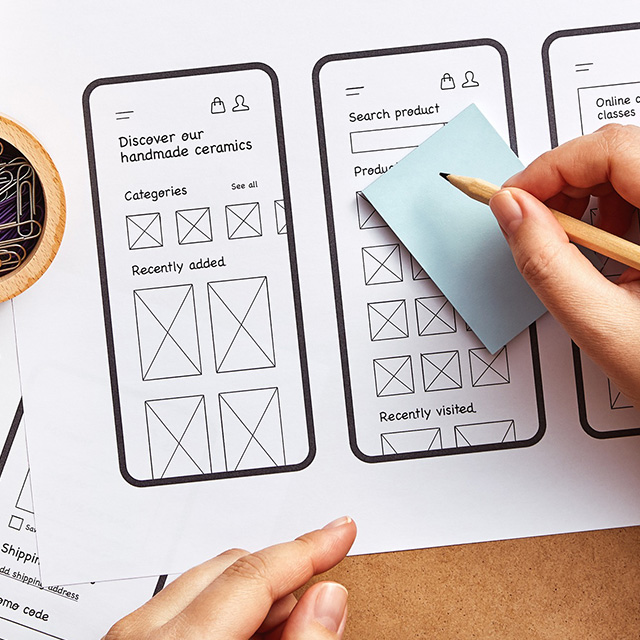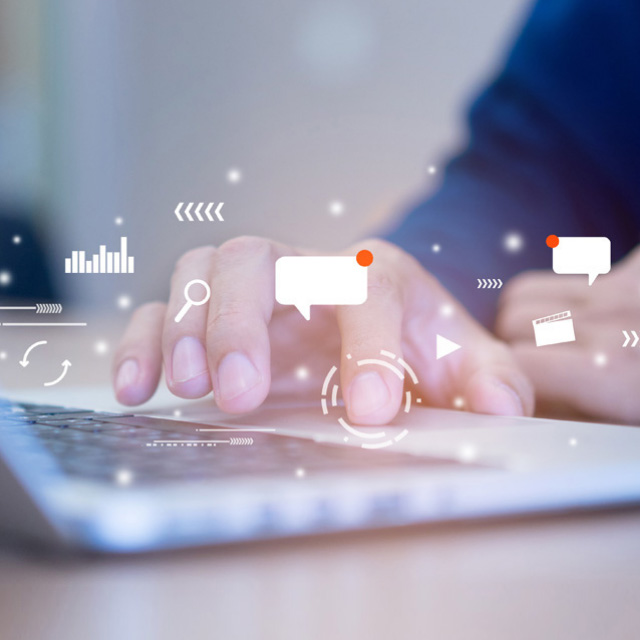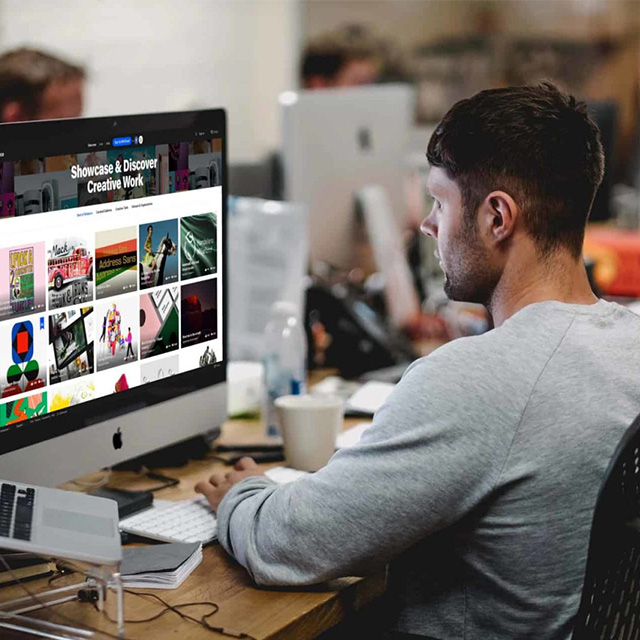


Our application developers write software for use across mobile operating systems, including Apple, Android, and Windows devices. They are also responsible for testing the application and providing updates whenever necessary.
view more
At Adword Technology, we understand that time to market is critical for our clients' success, which is why we offer expert business application development services that prioritize speed and efficiency.
view more
We are not outsiders, we are an extension of your team, and we are here to transform your idea into a brand and your brand into a leader. We're going to take your business where you want it to be using an approach that stands out and helps your business stand out too.
view more
We will make sure that every aspect of your website remains in order all the time. You will no longer have to worry about any kind of bugs on your website as we have got that covered for you. We will ensure that your website performs extremely well on all popular search engines.
view more